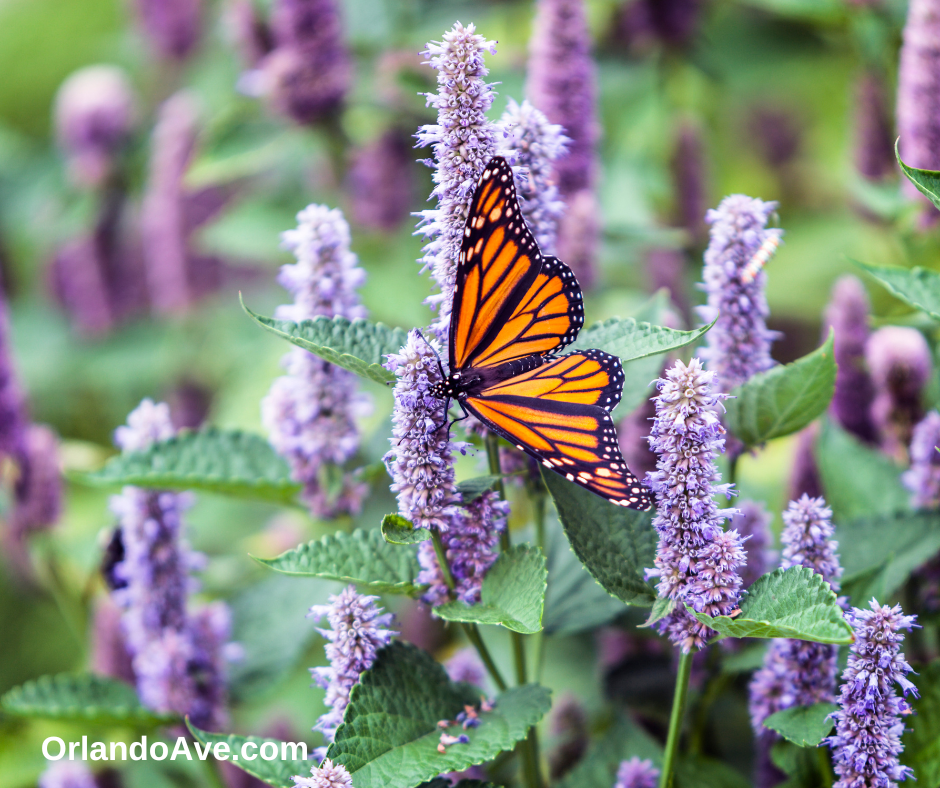Transform Your Yard into a Wildlife Sanctuary: Easy Steps to Enhance Biodiversity
Creating a vibrant wild area in your backyard can significantly boost local biodiversity and support wildlife. With minimal effort, you can transform a section of your yard into a thriving ecosystem. Here are effective strategies to get started.
Let Nature Thrive
Stop Mowing a Section of Your Lawn
Choose a portion of your lawn and let it grow wild. This provides a natural habitat, offering food and shelter for a variety of species, including insects, birds, and small mammals.
Embrace Native Plants
Plant Native Species
Incorporating native flowers, shrubs, and trees can dramatically improve your yard’s appeal to local pollinators and birds. Native plants typically require less water and maintenance while offering the best biodiversity support. For guidance on selecting the right plants, visit Native Plant Finder.
Create Natural Habitats
Add a Brush or Log Pile
Creating a habitat with fallen branches or logs can offer crucial shelter for various wildlife. This simple addition mimics natural environments and encourages species variety.
Establish a Water Source
Even a shallow dish of water or a small pond can be enticing for birds, butterflies, and frogs. Ensure the water remains clean and refreshed regularly to prevent mosquito problems. Consider looking at Pond Building Tips for detailed guidance.
Avoid Harmful Chemicals
Skip Pesticides and Herbicides
Resist the urge to use chemical treatments in your wild area, as these can be detrimental to the wildlife you’re attempting to attract. Explore organic gardening methods to protect your plants without harming beneficial insects.
Manage Organic Debris
Leave the Leaves
As fall approaches, let leaves stay on your lawn. They serve as natural insulation for overwintering insects and provide a habitat for pollinators like butterflies and bees.
Provide Nesting Options
Add Nesting Spaces
Install birdhouses or bee hotels to create essential nesting sites for local wildlife. If safe to do so, consider leaving standing dead trees, which can offer many birds a place to nest.
Regulatory Considerations
Before establishing your wild area, check with local regulations or homeowners’ associations to ensure compliance. If eligible, your project might qualify for a Certified Wildlife Habitat® designation from the National Wildlife Federation, which showcases your commitment to biodiversity.
The Joy of a Wild Space
Watching the variety of wildlife that visits your yard—especially with children—can be a rewarding experience. A natural patch not only enriches the ecosystem but also adds beauty and tranquility to your outdoor space.
Transforming your yard into a wildlife haven is easier than you might think. By making thoughtful, simple changes, you can help wildlife thrive while enjoying a peaceful and beautiful environment. Start today and witness the delightful visitors your yard can attract!


